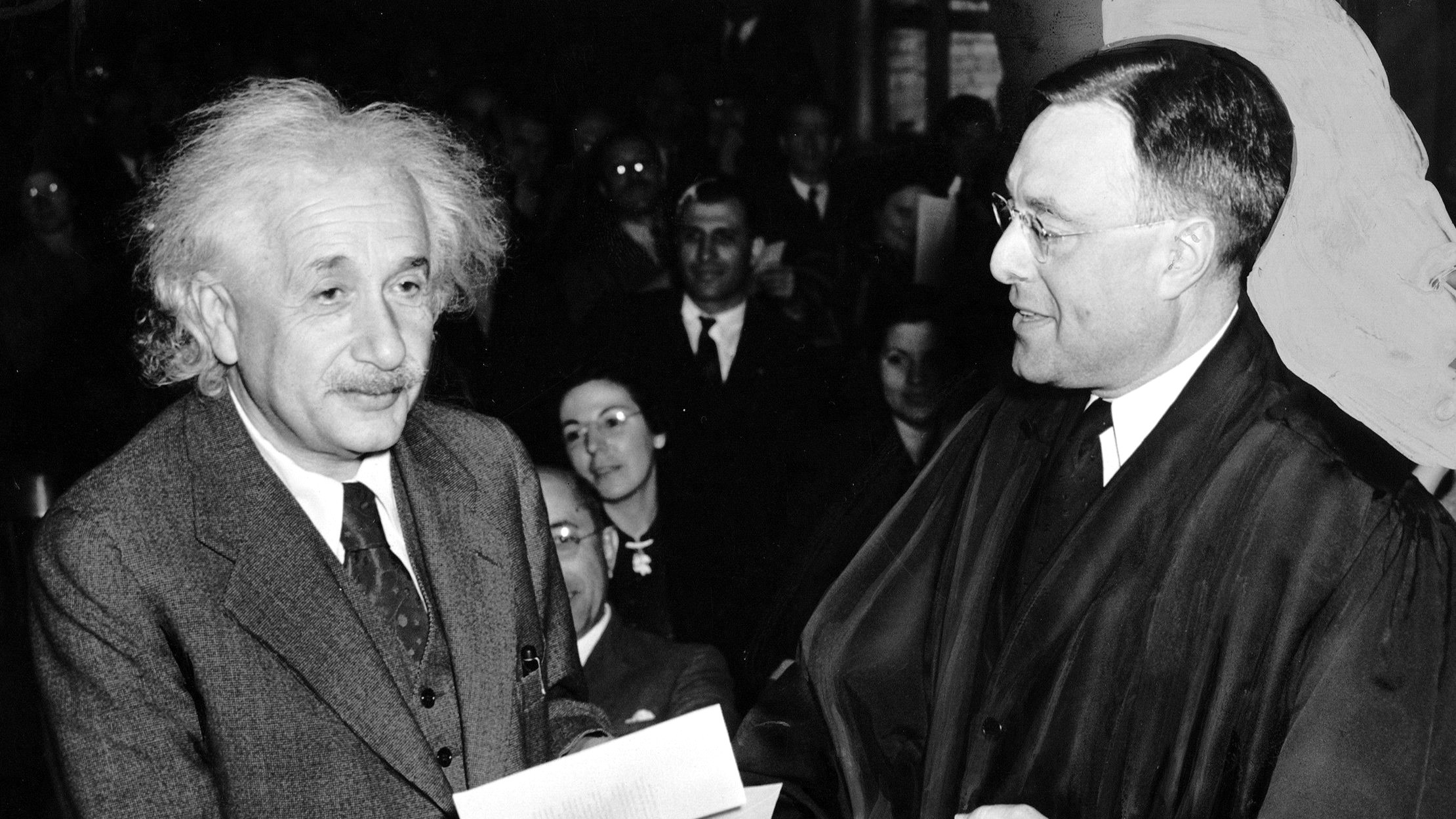How Will America Handle Its Senior Moment?

As tens of millions of members of the Baby Boomer generation rapidly near retirement age, America is in need of innovative new solutions that will help it prepare for an unprecedented aging of its population. One answer to America’s looming demographic crisis might be a new global movement from the World Health Organization (WHO) to transform cities around the world into “age-friendly” urban zones that better integrate senior citizens into the economic life of the community. New York City – a city that rarely (if ever) comes to mind as a destination to live out a Golden Retirement – just launched the Age-Friendly NYC initiative, with the first Aging Improvement District opening this month in East Harlem. Similar initiatives, launched across America, could be a big step forward in preparing for America’s Senior Moment.
When Aging Improvement Districts are able to complement – or even replace – traditional Business Improvement Districts – a city is better able to harness the untapped resources of its aging citizens. The goal of each of New York City’s new Aging Improvement Districts is to integrate senior citizens into the economic life of districts, from the Bronx to Manhattan to Brooklyn. Senior citizens, instead of being written off as an economic burden on government and medical providers, are re-imagined as an economic asset that can contribute to a more vibrant and rewarding society. This will require new thinking about everything from transportation to housing. In East Harlem, local businesses are changing their shelving and signage in response to the needs of older citizens. Libraries are changing their hours, and local pools are holding special senior-only swim times. Most importantly, this initiative has buy-in at the highest levels, with support from the Mayor’s Office, the New York City Council, and the New York Academy of Medicine.
These types of broad-based social innovations to benefit the elderly and aging are, perhaps, even more important than technological innovations. New iPhone or iPad apps designed for the elderly are nice, but they do not fundamentally change the way we think about the elderly and society. The aging of America is a deep structural problem that requires big-picture thinking from social innovators. Take the example of the MedCottage, which is a modular housing home for the elderly that can be hooked up to the home of a younger care provider. By being able to care for aging Baby Boomers at home, this reduces the strain on medical care facilities and ensures that these elderly citizens remain integrated within society.
It’s easy to see why the WHO’s Age-Friendly initiatives are taking off worldwide. By 2025, there will be over 1.2 billion people worldwide who are age 60 or over. Originally designed with the developing world in mind, where mega-cities in places like southeast Asia are springing up seemingly overnight and placing enormous strains on urban infrastructure, the Age-Friendly city concept is just as applicable for the developed world, where urban populations are aging at a rapid clip. Take New York City, for example, where 1 in 5 New Yorkers will be over age 60 by 2030. In the two-decade period between 2010 and 2030, the number of senior citizens in New York will increase by 45%. These same trends are being seen at the national level as well. By the year 2016, the total size of America’s working population will decline for the first-time ever, putting America into the same camp as nations like Japan or Russia that are typically held up as examples of societies with demographic time bombs.
The ability of America to accommodate its aging population has important social and economic implications — and these implications are made all the more real by the budgetary pressures facing not only the federal government, but also city and local governments. The outdated view is that older workers contribute less in taxes and produce a strain on government coffers when it comes to paying out benefits like Medicare and Social Security. The new view, embraced by social innovators worldwide, is that these elderly citizens can actually be a force of economic and social transformation. Inspired by initiatives like the Age-Friendly Cities initiative, cities should continue to create innovative social solutions – not just medical or technological solutions – to embrace an aging population. When faced with its senior moment, will America forget the value of its aging population? Or will America take steps to recognize the value of these senior citizens to the future vitality of our nation?





